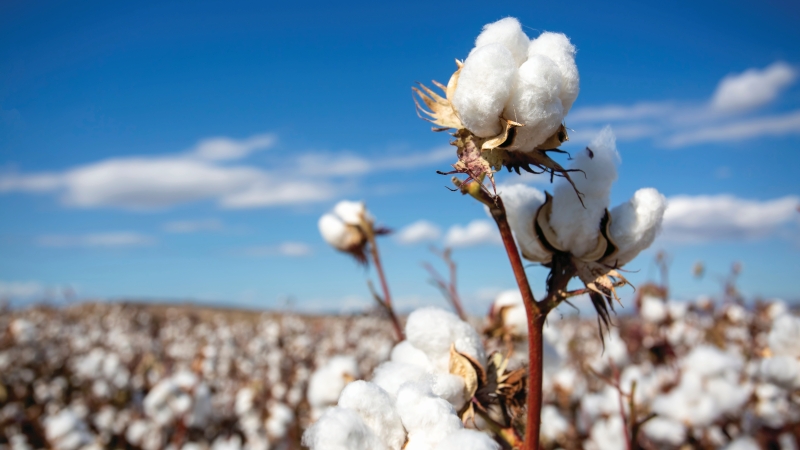Trade Tensions Continue to Impact Cotton and Textiles
Continued trade tension between the United States and China is impacting the global cotton and textile sectors.
“The back and forth on tariff discussions is problematic, and it results in the slowdown of global cotton demand,” stated Dr. Gary Adams, president and CEO of the National Cotton Council, speaking at a Plains Cotton Growers meeting in Lubbock on January 16.
Adams stated that China’s 25% tariff on U.S. cotton affects the whole supply chain. China was expected to import about 3 million bales from the United States during this marketing season. But because of the continued trade tensions, China may import less than one million bales from the U.S.
Tariffs affect the general economy, and it certainly impacts cotton and textile consumption, stated Dr. John Robinson, cotton economist at Texas A&M University. He added that, unlike food grains, cotton demand slows down during recessions and in uncertain trade scenarios.
Responding to a question about the impact of trade tensions on the 2019 cotton season, Steve Verett, executive vice president of Plains Cotton Growers, stated, “Trade tensions certainly are casting some uncertainty as to the exact planting mix for farmers on the High Plains of Texas. There continues to be great interest in cotton production and some increase of plantings in our northern Panhandle area, especially given the very successful growing season of 2018.
“Currently, we expect some increase in cotton plantings for 2019, but relative prices for crops at planting time will ultimately dictate how much that increase might be,” said Verett.
Certainly, cotton growers are hoping that a forthcoming visit by the Chinese delegation to the United States may find a favorable solution to the ongoing trade tensions between the two countries. There are no winners with retaliatory tariffs, as they affect consumers’ interest in textile goods.










